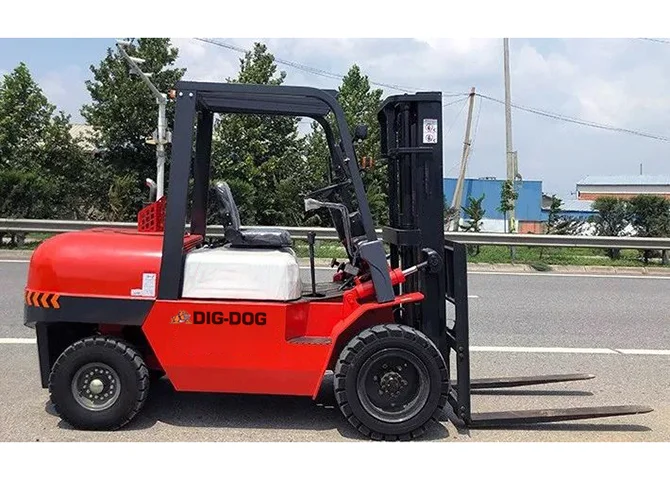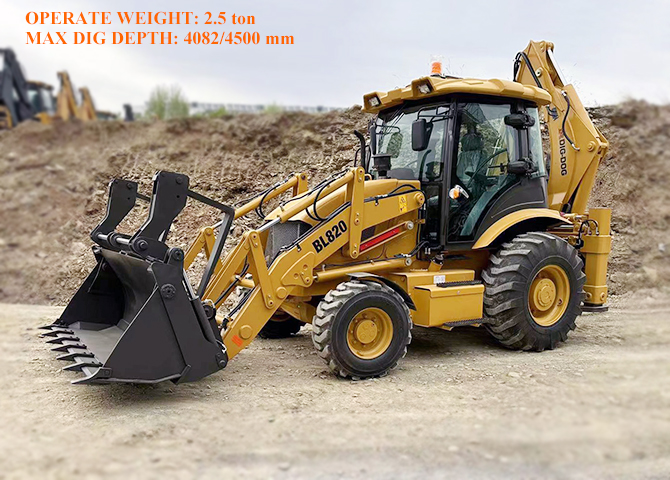One of the challenges for restoration, restoration or construction projects is amphibious equipment, environmental dredging, wetland restoration, wetland restoration, habitat restoration.

In the middle of the swamp is the entrance. Usually contractors have to build temporary roads to reach work areas safely. This requirement is costly, especially in environmental remediation projects where all materials must be removed and disposed of as hazardous waste. The construction of temporary roads can also have a negative impact on sensitive wetland environments and residents. There are other options that can save time and money while greatly reducing the negative impact on aquatic plant and animal species.
Amphibious equipment can safely transport people and equipment to work sites on ground that is too soft to walk on and too dense to float. Such devices often work near the vast coastal wetlands of the American South, but their applications are endless. Environmental remediation projects are one example of a device that could benefit. In addition to the advantages mentioned above, amphibious equipment can increase personnel safety by avoiding expensive temporary roads. With wetlands often prone to sinkholes, fluctuating water levels and defensive reptiles, the machines will provide a stable work platform and safe transportation. They can be used as excavation equipment or provide a platform for sand discharge and capping operations.
Environmental dredging is often hampered by shallow water depths, while onshore excavations tend to get stuck in places where equipment can get stuck. Because amphibious devices can float, operators don't have to worry about getting too close to the water's edge. In addition, the wide track and low weight result in very small ground pressure. This avoids the deep track ruts typical of low ground pressure equipment such as a wide track bulldozer. The eventual restoration of disturbed areas is usually minimal, with most requiring replanting rather than rebuilding.
For the reasons discussed above, amphibious equipment is a viable option and should be considered when faced with the challenge of accessing marshes and wetlands. This is an economical solution that reduces the overall impact of the project on sensitive habitats while improving the overall safety of the project.
For more information about bonovo's amphibious excavator capabilities, check out our Amphibious Excavator page.
 A Ultimate Guide to Clamp Forklifts and Attachments
A Ultimate Guide to Clamp Forklifts and Attachments
 How To Choose The Right Compact Wheel Loader
How To Choose The Right Compact Wheel Loader
 How Much Does a Forklift Weigh?
How Much Does a Forklift Weigh?
 How Much Does a Backhoe Weigh
How Much Does a Backhoe Weigh